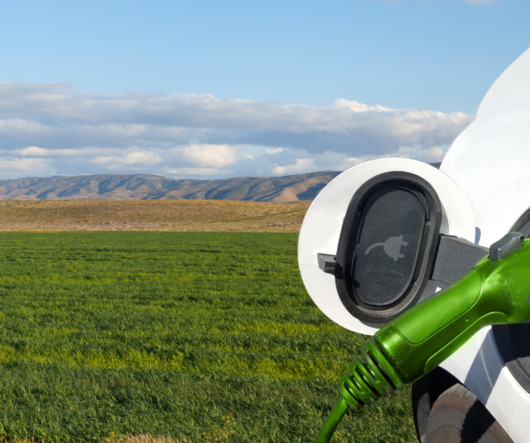PNNL team uncovers reaction mechanisms of Li-air batteries; how batteries blow bubbles
Green Car Congress
APRIL 27, 2017
Lithium-air batteries are looked to by many as a very high-energy density next-generation energy storage solution for electric vehicles. One reaction that hasn’t been fully explained is how oxygen blows bubbles inside a lithium-air battery when it discharges. Oxygen gas is released and inflates the bubble.















Let's personalize your content